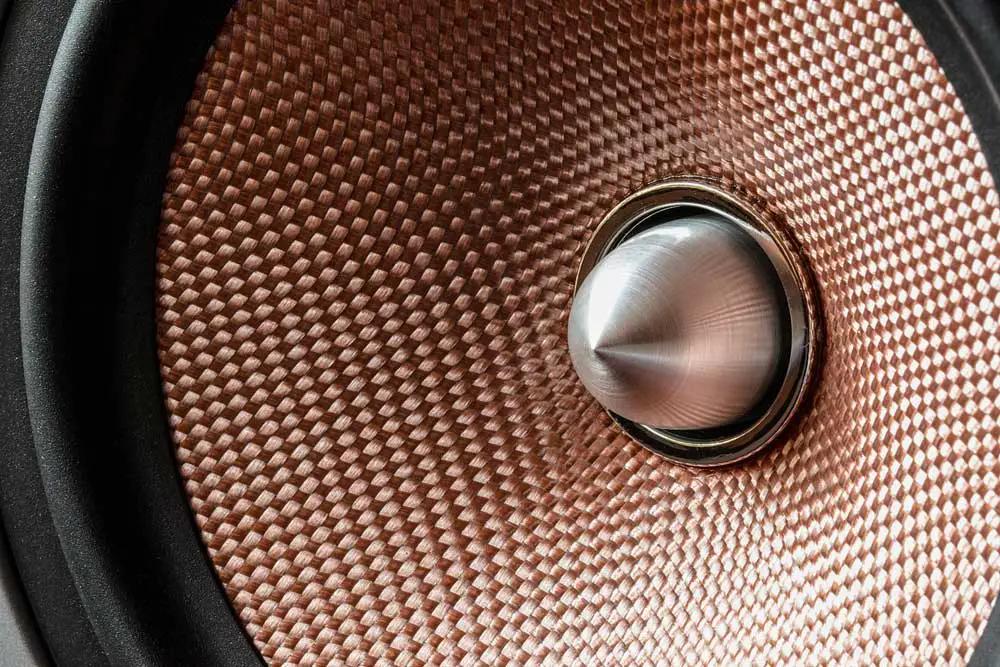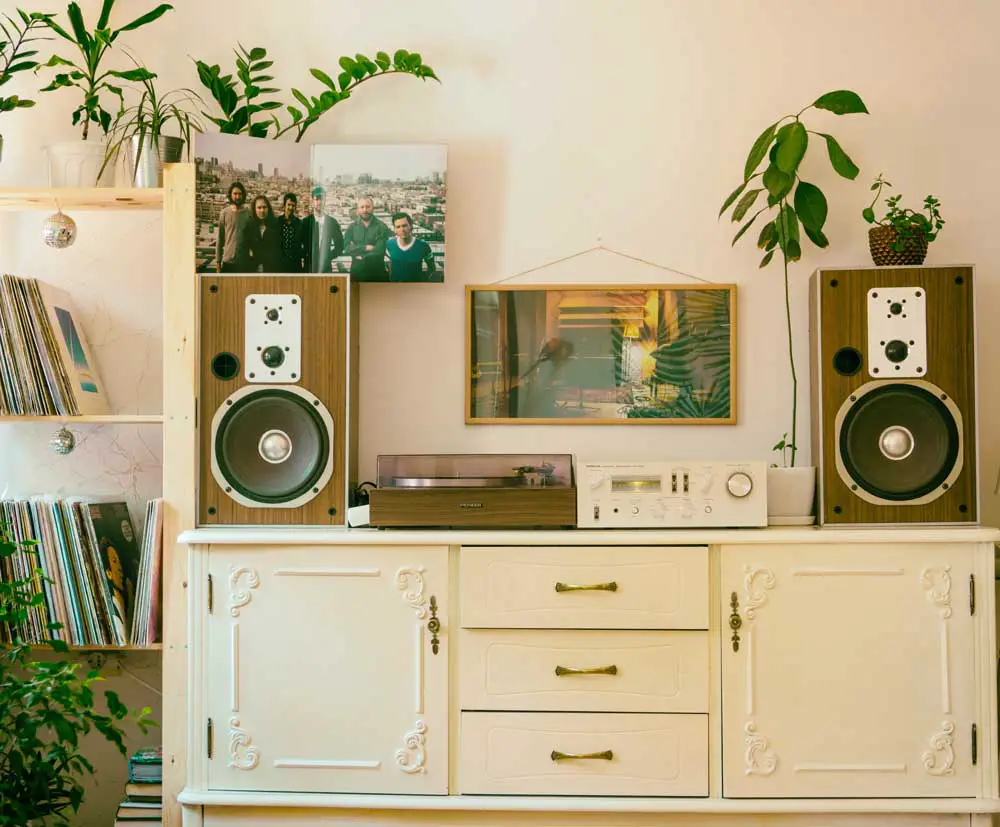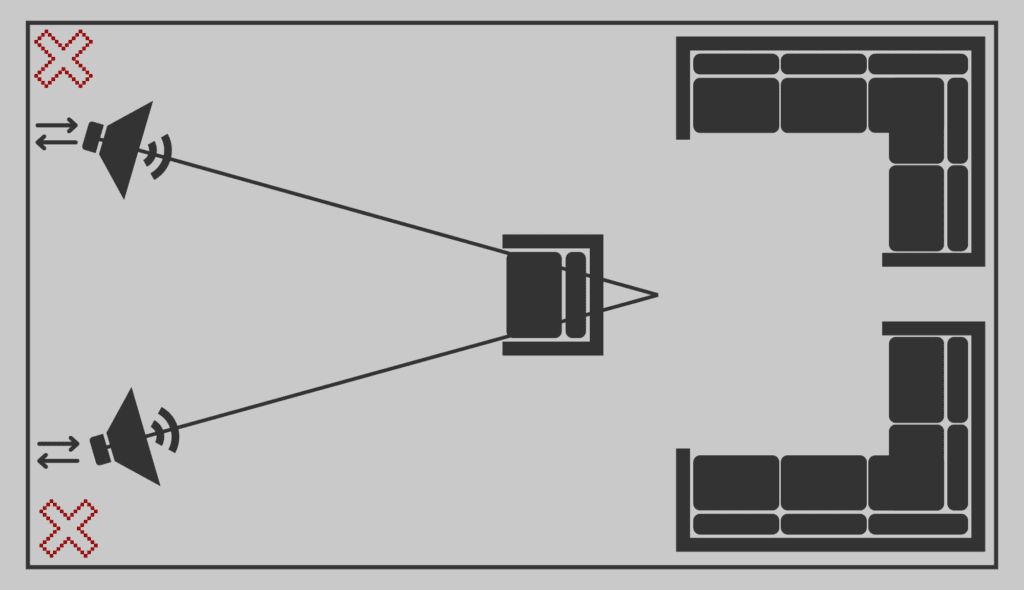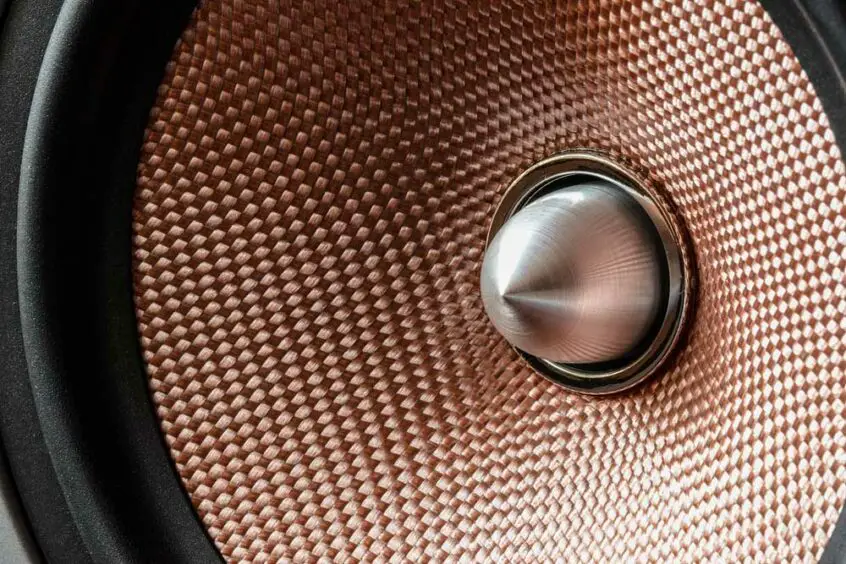For the best possible sound quality, the location of your audio equipment matters. Even the most affordable set of speakers will benefit from proper speaker placement. You’d be surprised just how much you can improve the performance of the most humble setup by getting your speakers positioned just right.
So before you reach for your wallet and consider upgrading your speakers, amplifier, DAC, or phono pre-amp, follow our guide below on how to position speakers. You’ll be well on your way to a great listening experience regardless of budget.

Firstly: Most Homes Are Not Ideal Listening Spaces
Unless you’re fortunate enough to have a purpose-built, acoustically treated listening space, the chances are high you’re dealing with a less than perfect room. This is the reality for most audiophiles, and so it’s important to remember we’re dealing with a set of best-practice guidelines here. Don’t get too hung up if you can’t practically achieve the perfect setup or speaker positioning; aim for as close to perfection as you can within the space you have.
Golden Rules of Speaker Placement
‘Run In’ The Speakers Before You Consider Placement
Most audiophiles agree speakers don’t reach their full potential until the new components have warmed up a little causing them to settle and stretch into position for optimum performance. It depends on your equipment, but you should aim to run music at a moderate level through your speakers for a minimum of 24 hours if you want to hear their full potential.
Get Your Speakers Off Shelves and Surfaces if You Can
If you own a pair of bookshelf speakers, you will get far superior performance by removing them from said bookshelf and investing in a good set of speaker stands. Fitting spikes to your stands or floor-standing speakers will help improve isolation and reduce how much your speakers will “drive” the floor surface. This is particularly important if you have wooden floors. Further isolation is possible by investing in sound isolation discs.
However, suppose stand-mount or floor standing speakers isn’t possible. In that case, you can mitigate the issue by placing foam or another isolation platform underneath the speakers to prevent them from driving the table or bookshelf surface. You want to hear the speaker deliver the sound source, not the vibrating surface beneath it.
Avoid Corners and Close Proximity to Walls As Much As Possible
Leaving space between your speaker and the wall will result in a noticeable improvement in the mid-range and bass response. Corners are particularly bad for producing a fat, boomy bass sound that will destroy the clarity and balance.
When placed close to a wall, rear-ported speakers are more subject to adverse sound quality than speakers with front-facing ports.
Aim to Fire Your Speakers Down the Length of Your Room Pointing Directly at Your Listening Spot
Speakers sound best when they fire down the longer length of a room. If you can also avoid having your listening chair too close to the back wall, this will also improve the accuracy of the sound – avoiding too many reflections or excessive bass increase. Most speakers are designed to sound their best when positioned at ear level and angled in towards your listening spot (otherwise known as “toe-in”. Check your speaker manual to see if your speakers are designed this way.
Avoid the obvious faux pas of obstructing the sound with objects placed in front of the speaker; we’re aiming for a direct, undisturbed line of sight between you and the speakers.
Keep Your Speakers and Turntable Separate
Placing your turntable too close to your speakers (or worse, on the same surface) will result in unwanted resonance or feedback as the sound is fed back into your system. Check out our complete guide to turntable placement for more information on this topic.

Acoustic Treatment Will Help Reduce Room Reflections
As the sound from your speakers reverberates around the room, sounds that reflect off other surfaces (walls, ceilings, floors, furniture, etc) will reach your ears after the direct sound coming from your speakers. This can result in the phase cancellation of certain frequencies and generally lead to poor audio clarity. To minimize reflections, you can apply acoustic treatment to your listening space. This is a whole other topic in its own right, taking us into the realms of room acoustics and beyond the scope of this article. However, it’s something you should be aware of and consider as part of your speaker placement.
How to Place Your Speakers – Step By Step Guide
With the above guidelines in mind, we can begin setting up our speakers so they perform their best. It’s important to remember, this process is subject to a degree of personal taste and may require some trial and error before you reach the desired sound and performance.
Step One: Choose a familiar test track. The more familiar you are with the recording and how it should sound, the easier it’ll be to make adjustment decisions.
Step Two: Choose where you will be seated when listening and place your speakers so they form a triangle angled in towards your listening position.
Step Three: Try to achieve a good distance between each speaker (usually somewhere between 4 – 8 feet (1.2 to 2.4 meters) from each other.
Step Four: Try to keep the speakers 2 – 3 feet (60 – 90cm) from the nearest wall and away from corners as a starting point.
Step Five: Increase or decrease the distance slowly from the wall listening to your test track each time. Listen for improvements or deterioration in sound quality. Some manufacturers will recommend performing this first step with the speakers facing dead-straight forward (not toe-in). You can adjust the toe-in angle later. Eventually, you will reach a sweet spot between the wall and your listening position.
Step Six: Perform a similar incremental distance test with your speaker separation (distance between each speaker). This process will help to tune in your stereo separation. When the speakers are too close together, the stereo image will become blurred and muddy; place the speakers too far apart and there will be a gap between the two channels of separation.
You want to achieve clear separation between instruments to give the impression they’re playing in front of you on a stage. If it feels like the band is stacked on top of each other and each instrument blend together (or it feels hollow and empty in the middle), then try small adjustments in distance between each speaker and the toe-in angle until you achieve a clear stereo image.
…And finally: Don’t underestimate the importance of high-quality speaker cables. It’s tempting to cheap out with speakers cables, but poor quality cabling really can suck the life out of a good system. Additionally, speaker covers are great for protecting the cones from damage or dust when not in use, but you will undoubtedly find most speakers sound better with the covers left off.

The Bottom Line
The above step-by-step guide and golden rules will get you well on your way to achieving the best possible sound from your existing speakers. However, with all things audio, you should apply a degree of personal taste and user discretion. If it sounds good to you, then go for it.
Headphones can help provide some additional context when choosing what sounds good in your room, as the removal of reflections and the sound of your room will help you determine how the record should sound. Keep in mind, of course, that headphones will also deliver an unnatural stereo image, as no real space can 100% separate left and right channels like a set of good headphones.
Trial and error, plus a little patience, is the key to dialing in your setup in a way that lets your music sing. Through it all, don’t forget to enjoy the music. Don’t worry too much if you can’t achieve the perfect speaker positioning due to living circumstances, neighbors, or other family needs. Strive for the best you can with the space and equipment you have — the music will do the rest of the talking and ultimately speak for itself.




Informative article but could you elaborate on speaker wire choice, gauge vs length vs impedance?
I was also wondering what the criteria is. A reader can take it as “obey technical parameters” or ” buy expensive marketing nonsense ” Hope its the former! beyond gauge vs length vs impedance, fancy metals and insulation outside of an industrial setting requiring it, are strictly for show & tell.